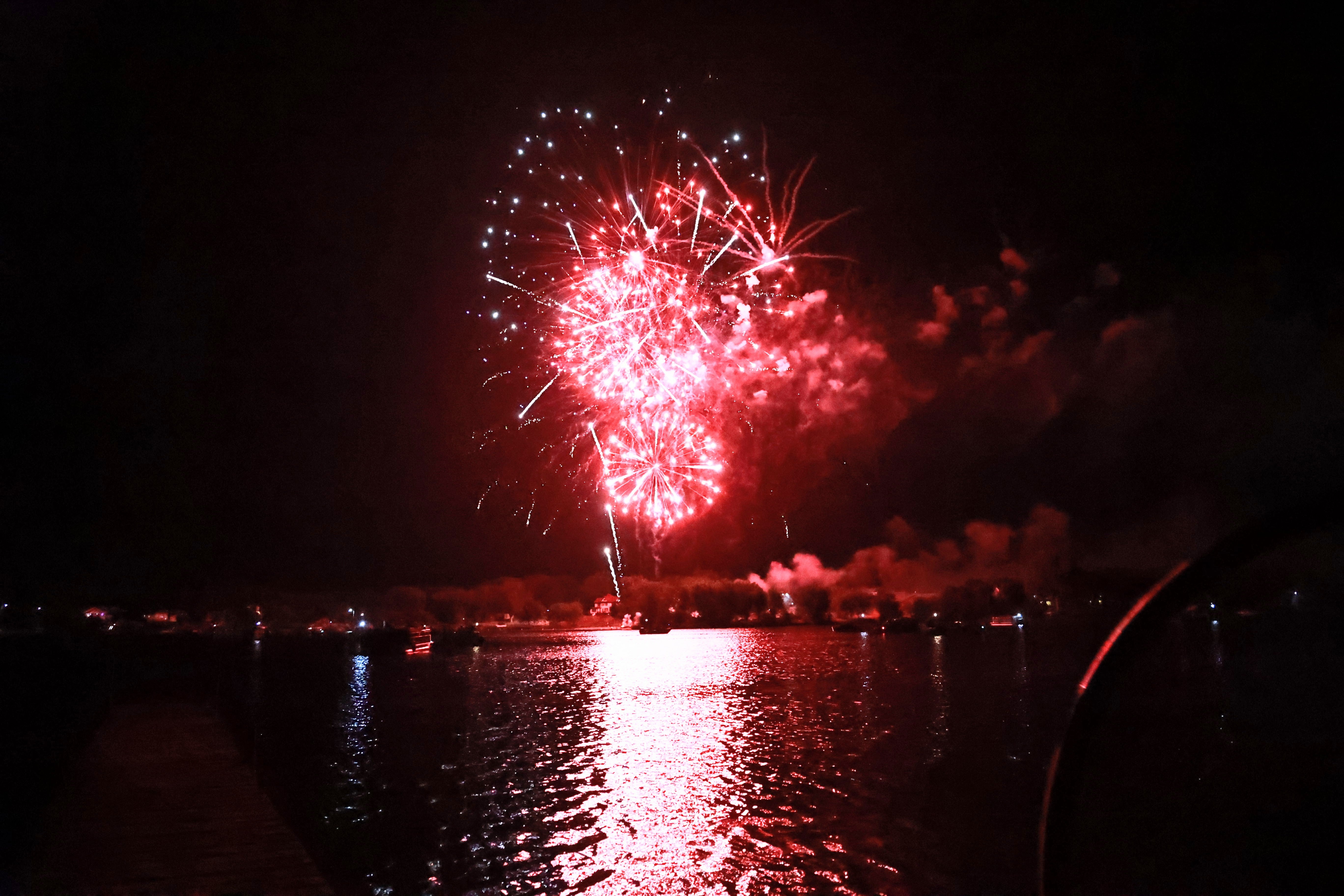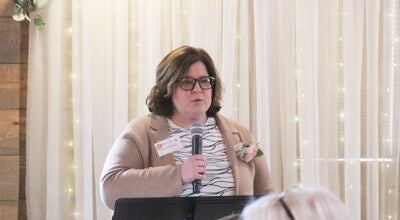MnDOT announces plan for ports, waterways
Published 11:00 am Wednesday, November 26, 2014
The first-ever statewide plan for ports and waterways in Minnesota, released Monday, will shape the future of a safe, efficient and cost-effective marine freight system for shippers in an era of constrained resources, according to the Minnesota Department of Transportation.
The plan describes the marine system’s economic benefit to Minnesota as a high-capacity, low-cost and energy-efficient mode to transport numerous bulk commodities. It also presents several strategies to preserve and enhance Minnesota’s waterways, including Lake Superior and the more than 200 navigable miles of the Mississippi and Minnesota rivers.
“MnDOT supports a commerce friendly freight network in Minnesota for the benefit of regional and international trade,” said Commissioner Charlie Zelle. “To that end, we must improve and use Minnesota’s aging ports, channels and locks and dams along the Mississippi River and Great Lakes if we are to help businesses move products, compete for jobs and talent, and contribute to economic growth.”
“Minnesota’s ports and waterways relieve congested highway and rail systems, supporting economic sectors throughout the state,” said Patrick Phenow, waterways program coordinator.
“To improve the movement of marine freight, the plan identifies current challenges and future opportunities, such as needed improvements to port infrastructure.”
The plan recommends improvements to system infrastructure, capacity, technology and logistics supported by a mix of public and private investment. Stronger partnerships at federal, state and local levels are also identified as key to the port and waterway system’s success.
Projects to improve port infrastructure are often funded collaboratively by port authorities and the Minnesota Port Development Assistance Program, which provides capital investment funding assistance through grants. This program has been used for projects ranging from dock wall construction and port terminal rehabilitation to improved road and rail access. Although the Port Development Program is not funded consistently each year, it received $2 million in the 2014 legislative session.
“Predictable funding allows Minnesota’s ports to make appropriate long-term infrastructure plans,” Phenow said.
For more information about the Ports and Waterways Plan, visit http://www.dot.state.mn.us/ofrw/waterways/pwp.html or contact Patrick Phenow, Waterways Program coordinator, at 651-366-3672 or Patrick.Phenow@state.mn.us. To request the document in an alternative format, call 651-366-4718 or email your request to ADArequest.dot@state.mn.us.





